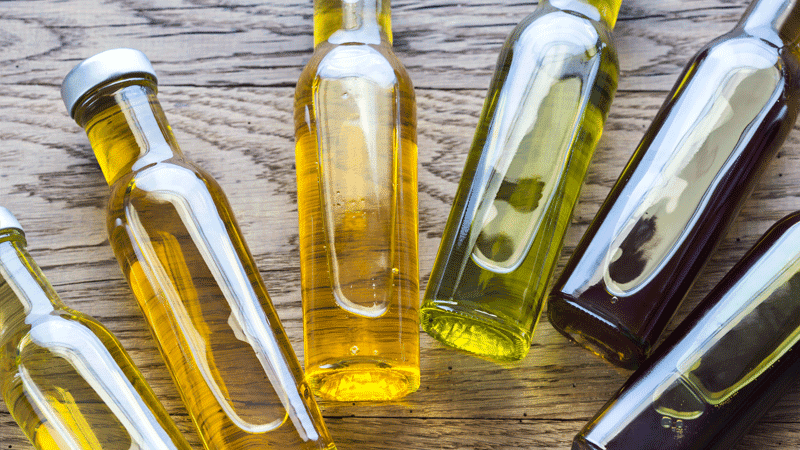both cholesterol and stearic acid stiffen the cell membrane and slow division
Caprylic acid has also been shown to do that and arguably the chemical that is most effective at this is adamantane and its derivatives. I suspect all SFA are capable of doing this in varying degrees, and this is why they have anti-cancer effects. I listed a few interesting studies on that in the DeFibron thread.

